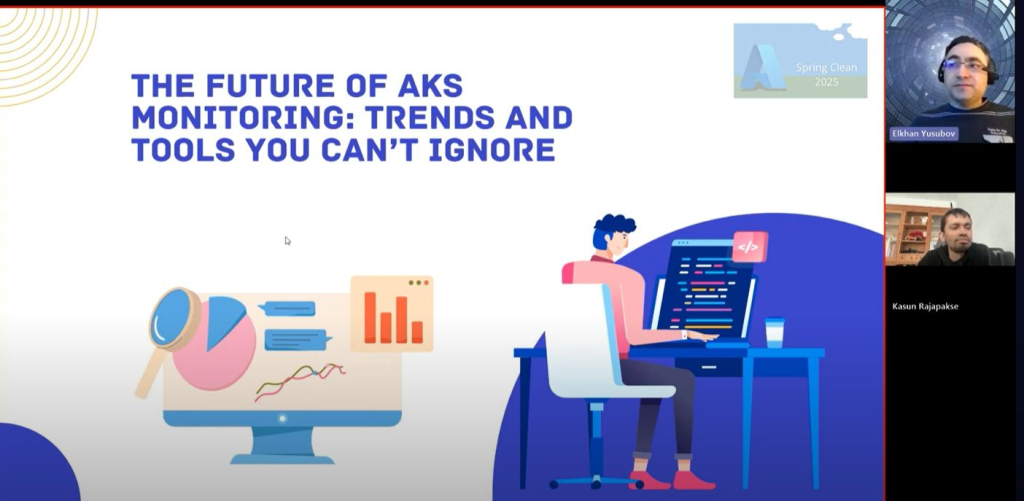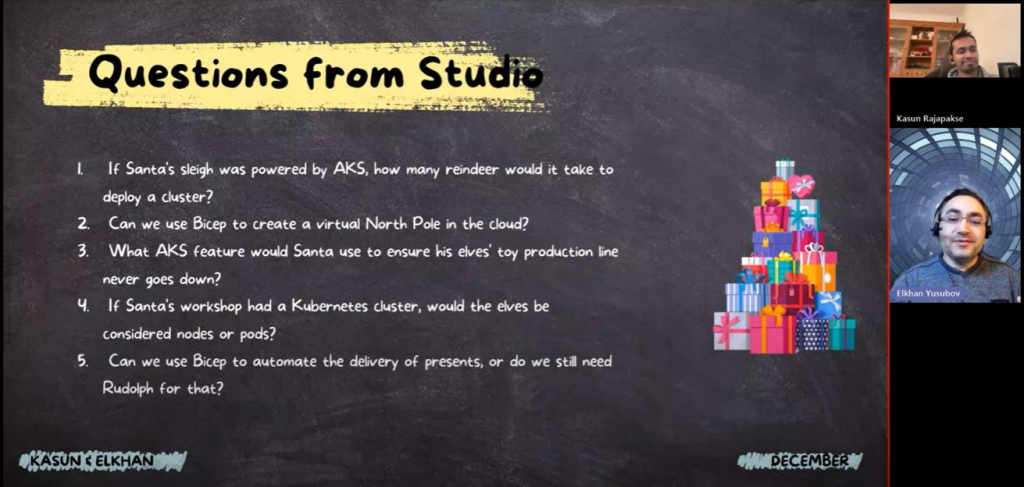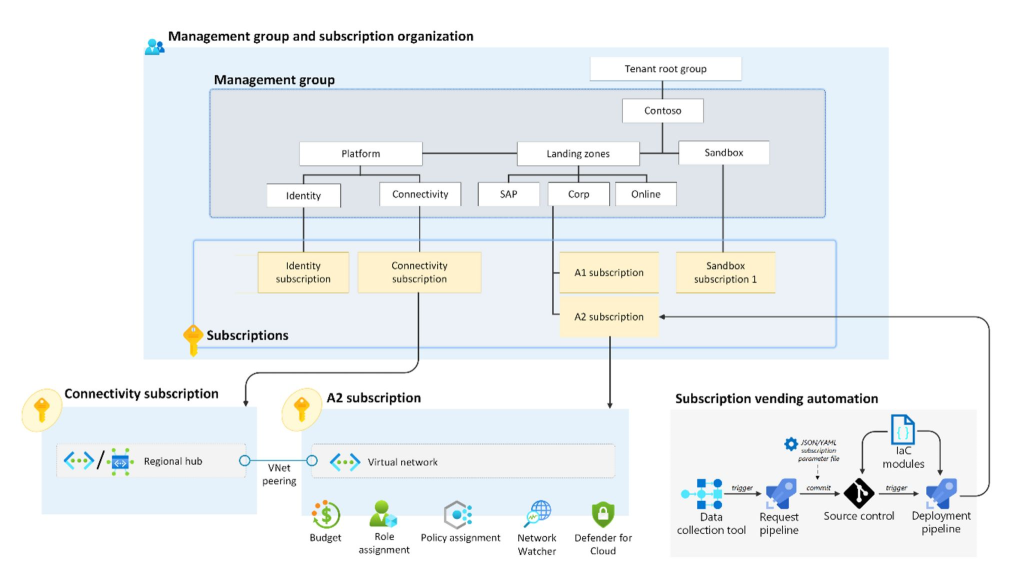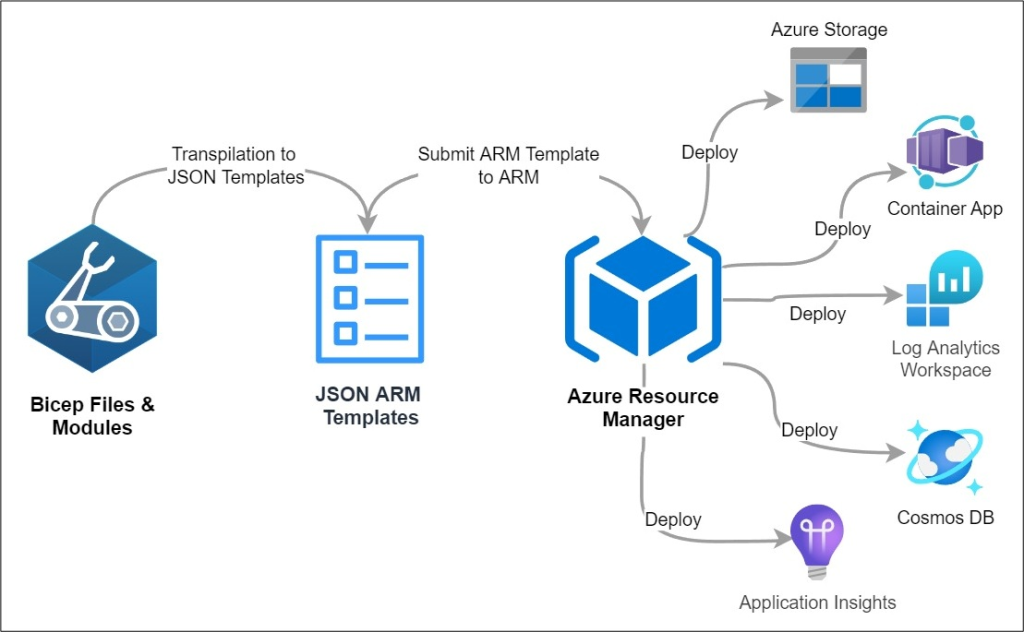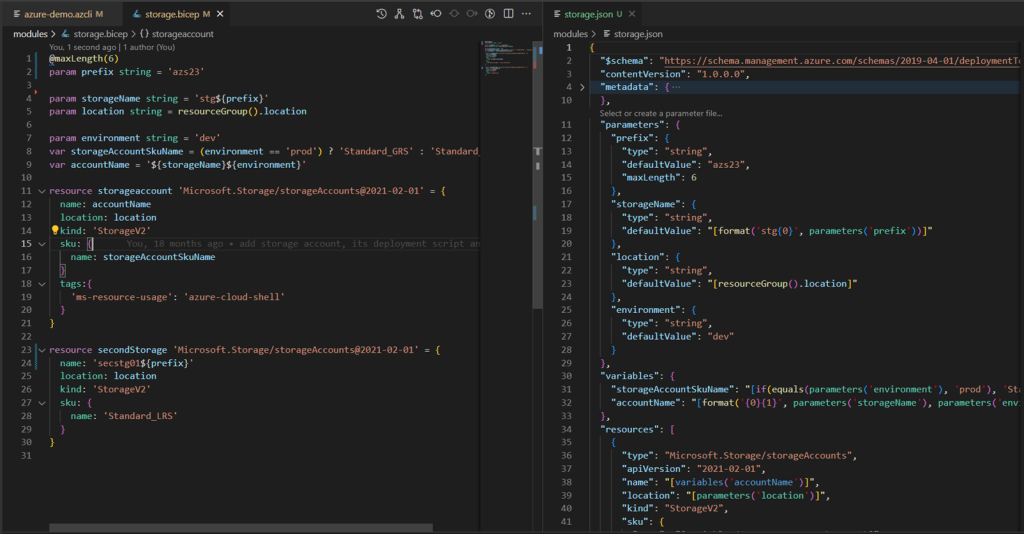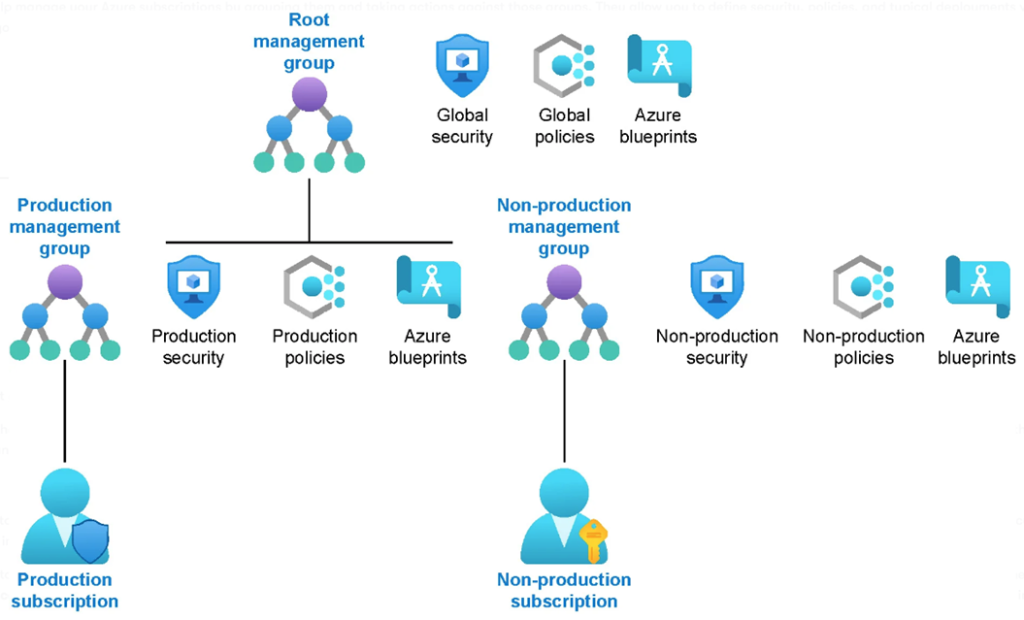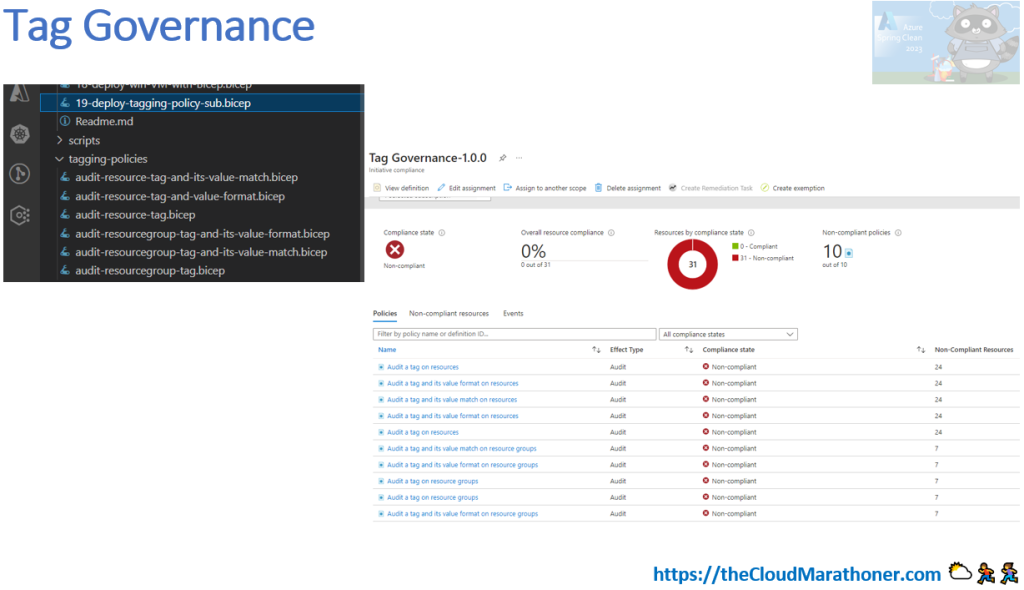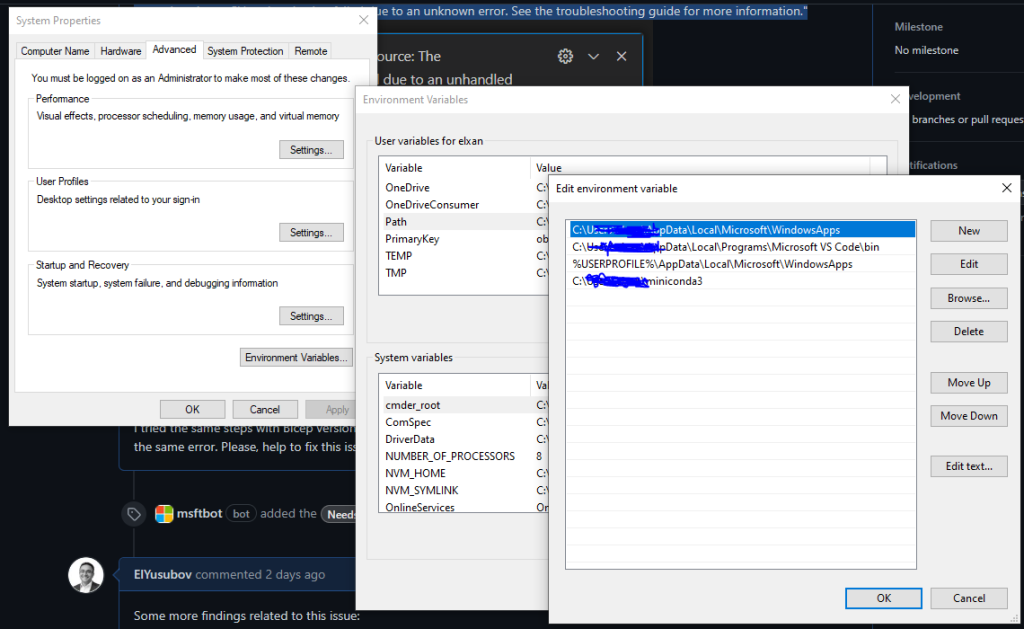Welcome, Cloud Marathoners!
What an energizing experience to speak at the Microsoft Azure Community User Group! This week, our session was all about exploring Azure Bicep innovation and the powerful new Microsoft Graph extension—with a focus on hands-on learning, community growth, and practical cloud skills.
The Cloud Marathoner Community
We kicked off by sharing the vision behind the Cloud Marathoner community—a movement to help both beginners and seasoned pros upskill, inspire each other, and support underrepresented groups in IT. The goal? To motivate everyone to keep running their cloud learning journey and celebrate each milestone together.
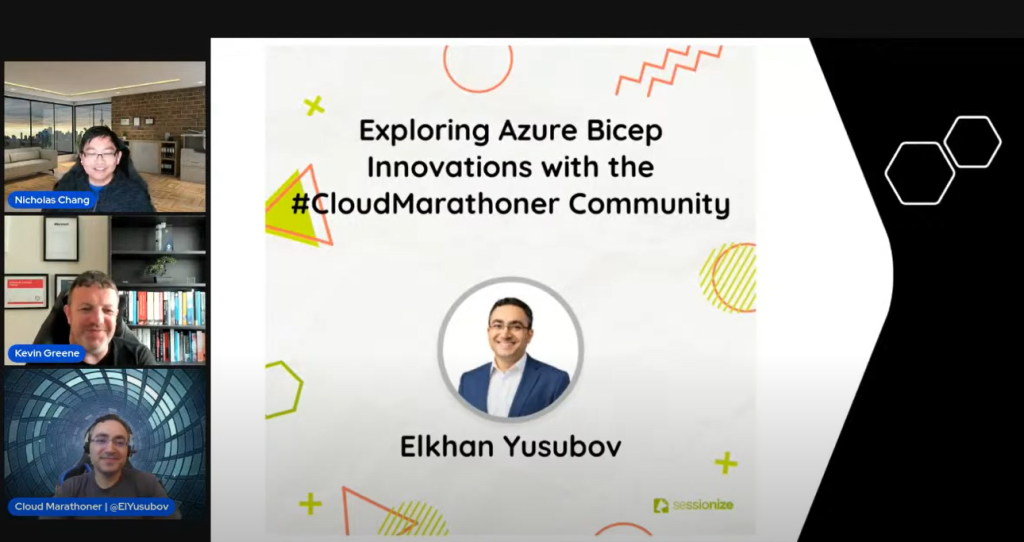
Azure Bicep: The latest advancement in Infrastructure as Code
Azure Bicep is a domain-specific language designed to simplify resource management in Azure. Unlike traditional ARM templates, Bicep offers:
- Easy-to-read syntax
- Day-zero support
- Deep integration with Azure
- Code reusability through modules
- Production-ready deployments
We explored how Bicep abstracts over ARM templates, making infrastructure as code more accessible and enjoyable for everyone.
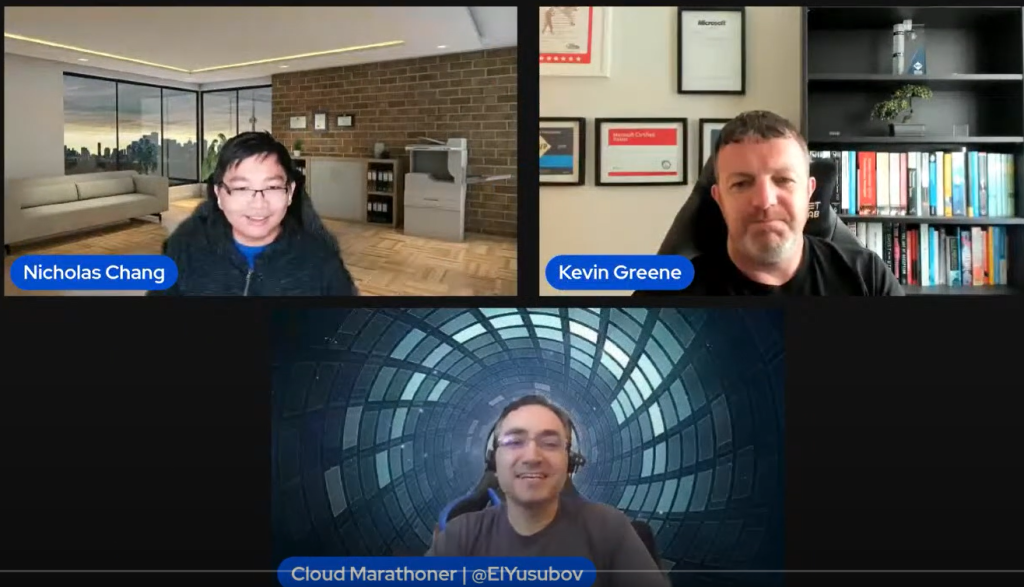
Modularization: Reusability and Teamwork
One of the session’s core themes was modularization—breaking down your infrastructure code into reusable modules. This approach brings:
- Type safety and IntelliSense
- Standardization across teams
- Easier maintenance and deployment
- Integration with Azure Bicep Registry and Azure Verified Modules
We walked through demos showing how to build and deploy modular Bicep files, highlighting the benefits for both individuals and organizations.
Microsoft Graph Extension: Expanding Bicep’s Power
The latest innovation is the Microsoft Graph extension for Azure Bicep. This extension lets you:
- Reference and deploy resources beyond native ARM scope (like Microsoft Graph resources)
- Combine Azure and non-Azure resources in a single Bicep file
- Simplify complex deployment scenarios with unified declarative modules
We demonstrated how to use the extension to create security groups and managed identities in Microsoft Entra ID, showing the practical steps and best practices for real-world deployments.
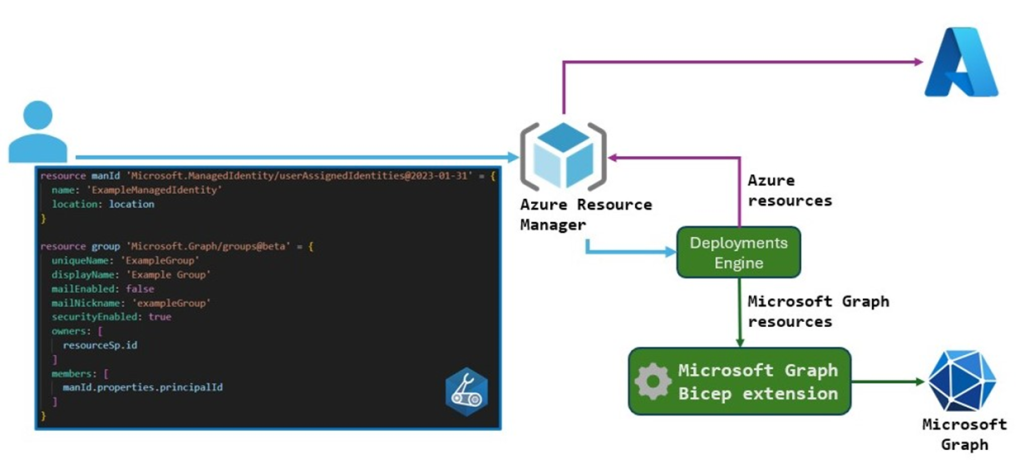
Hands-On Demos and Best Practices
Throughout the session, we switched between slides and live demos in Visual Studio Code, showing:
- How to visualize Bicep deployments with the Bicep Visualizer
- Quick deployment options via right-click in VS Code
- Scripted deployments using Azure CLI and PowerShell
- Troubleshooting common issues (like managed identity delays)
- How to redeploy for idempotent results
We also discussed leveraging GitHub Copilot for code generation and the importance of baseline knowledge to get the most out of AI tools.
Community Resources and session recording
To keep your marathon going, check out these resources:
- Official Bicep Repo > https://github.com/Azure/bicep
- Azure Demo Repo > https://github.com/Azure/learn-bicep
- Awesome AZURE Bicep repo > https://github.com/Azure/awesome-bicep
- LinkedIn Learning videos > Azure Bicep First Look
- Latest LinkedIn Video > Introduction to Azure Bicep: Creating and Deploying Resources
Join the Movement!
The Cloud Marathoner community is all about sharing, growing, and supporting each other. Whether you’re just starting out or looking to master the latest Azure innovations, there’s a place for you.
Connect with us, share your feedback, and let’s keep running toward cloud excellence — together!

